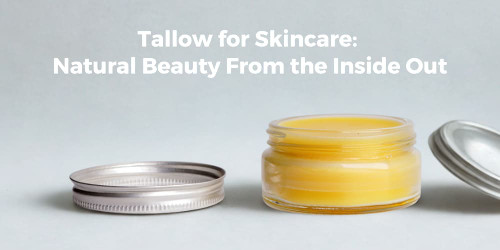Hot and cold compresses are simple yet effective therapies that can provide relief for various ailments and injuries. Understanding when to use a hot or cold compress is crucial for maximizing their benefits. In this article, we'll explore the principles behind hot and cold therapy and guide you on when to use each to promote healing and alleviate discomfort.
1. Hot Compress:
Hot compresses are generally recommended for conditions that benefit from increased blood flow and muscle relaxation.
Muscle Pain and Stiffness: If you're experiencing muscle soreness or stiffness, applying a hot compress can help relax the muscles, increase blood flow, and alleviate discomfort.
Joint Pain: Hot compresses can be beneficial for conditions like arthritis, where the warmth helps improve joint flexibility and reduce pain.
Menstrual Cramps: Applying a hot compress to the lower abdomen can provide relief from menstrual cramps by relaxing the uterine muscles.
2. Cold Compress:
Cold compresses are best suited for situations where inflammation and swelling are present, as the cold helps constrict blood vessels and reduce swelling.
Injuries and Swelling: Cold therapy is highly effective for acute injuries such as sprains, strains, or bruises. Applying a cold compress helps reduce swelling and numbs the area to alleviate pain.
Headaches: For headaches or migraines, a cold compress on the forehead or neck can help constrict blood vessels and provide relief.
Dental Pain: Cold therapy can be useful for reducing pain and swelling associated with dental procedures or toothaches.
3. When to Combine Both:
In some cases, alternating between hot and cold therapy, known as contrast therapy, can be beneficial. This is often recommended for chronic conditions or injuries with both inflammation and muscle tension.
Sports Injuries: Athletes often use contrast therapy to address both muscle soreness and swelling after intense workouts or injuries.
Chronic Pain: Individuals with chronic conditions, such as fibromyalgia or rheumatoid arthritis, may find relief by incorporating both hot and cold therapy into their pain management routine.
4. General Guidelines:
Timing: It's generally recommended to use cold therapy during the first 48 hours after an injury or the onset of pain. After this initial period, hot therapy can be introduced for ongoing relief.
Duration: Limit the application of hot or cold compresses to 15-20 minutes at a time to avoid skin damage. Allow the skin to return to normal temperature before reapplying.
Protection: Always use a cloth or towel to protect the skin from direct contact with the hot or cold pack to prevent burns or frostbite.
Knowing when to use hot or cold compresses is a valuable skill for managing various conditions and injuries. By understanding the principles behind each therapy, you can make informed decisions to enhance your well-being and promote a faster recovery. Remember to consult with a healthcare professional if you have specific health concerns or conditions.















